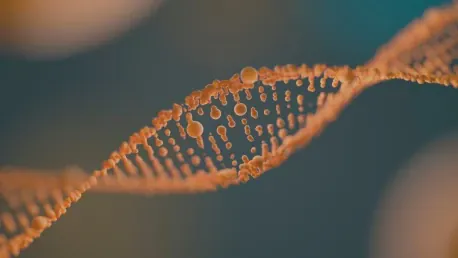Colossal Biosciences, a leading biotechnology and genetic engineering company, has announced a groundbreaking achievement: the resurrection of the dire wolf, which went extinct about 12,500 years ago. Founded in 2025, the company is also working on bringing back the woolly mammoth and has already bred woolly mice. This endeavor has contributed to their $10.2 billion valuation, securing their position in the elite “decacorn” club.
The successful de-extinction of the dire wolf marks a significant validation of Colossal Biosciences’ advanced technology stack, designed to bring extinct species back to life using ancient DNA. The company used DNA from a 13,000-year-old dire wolf tooth and a 72,000-year-old skull to create three healthy dire wolf puppies carried by domestic dog surrogates. These puppies are currently residing within a secure 2,000-acre site.
While celebrated, the project has stirred ethical debates. Critics argue the funds could be allocated to more immediate ecological issues and question the ecological roles the resurrected animals would occupy. There are concerns about potential negative impacts on existing species and ecosystems.
In response, Colossal Biosciences emphasizes rigorous precautions to prevent unintended genetic consequences. They also aim to use their technological advancements for conservation efforts. Notably, they have successfully produced two litters of critically endangered red wolves using cloning techniques developed during the dire wolf project.
Colossal Biosciences’ innovations reflect a blend of scientific foresight and practical implementation, offering benefits for both de-extinction and conservation. The company’s progress in genetic engineering underscores its commitment to pushing scientific boundaries, aligning with trends among high-valuation tech firms.
Overall, Colossal Biosciences’ achievements represent high-risk, high-reward ventures in biotechnology and genetics, setting precedents for future scientific endeavors in de-extinction and conservation.









